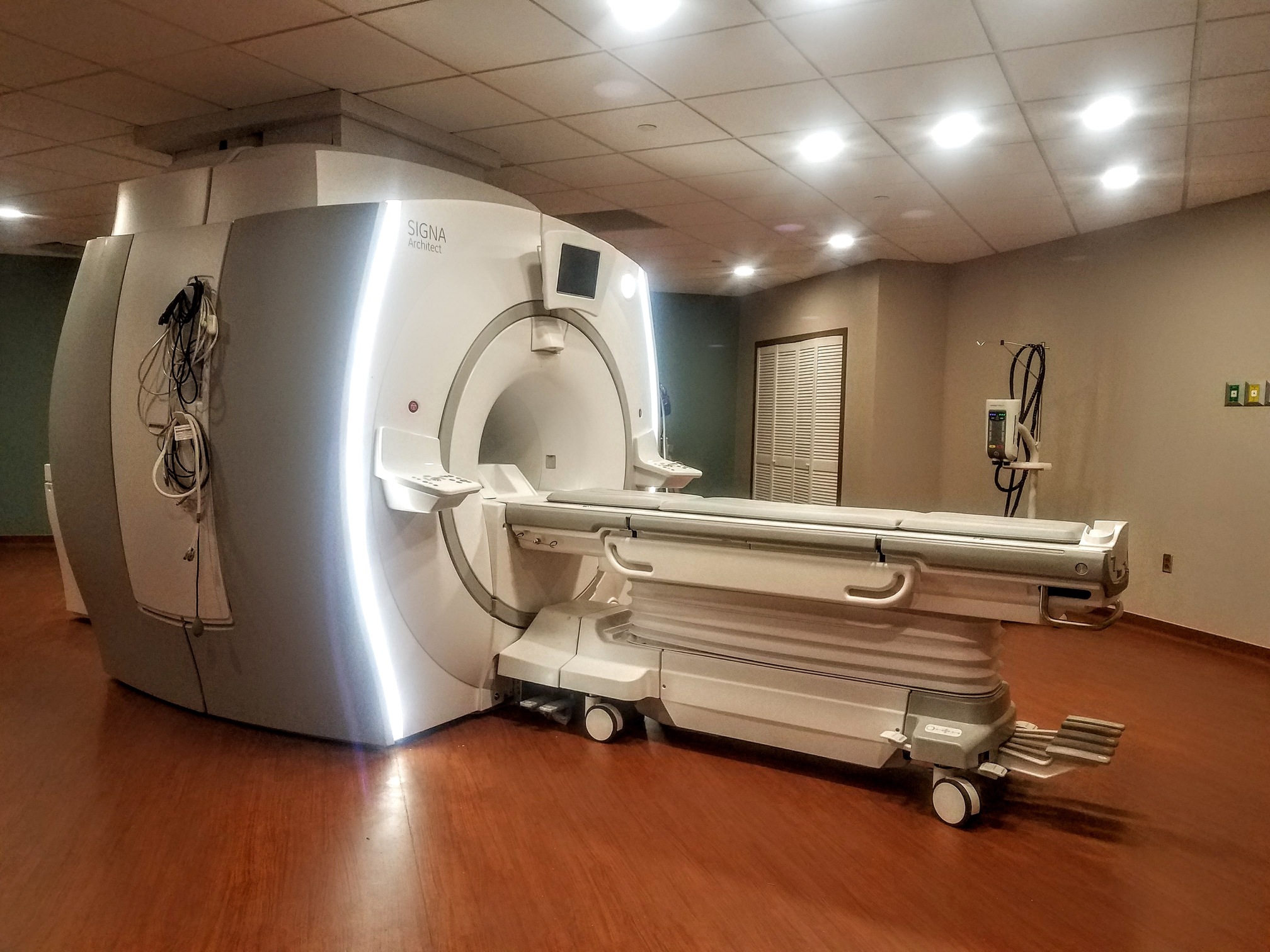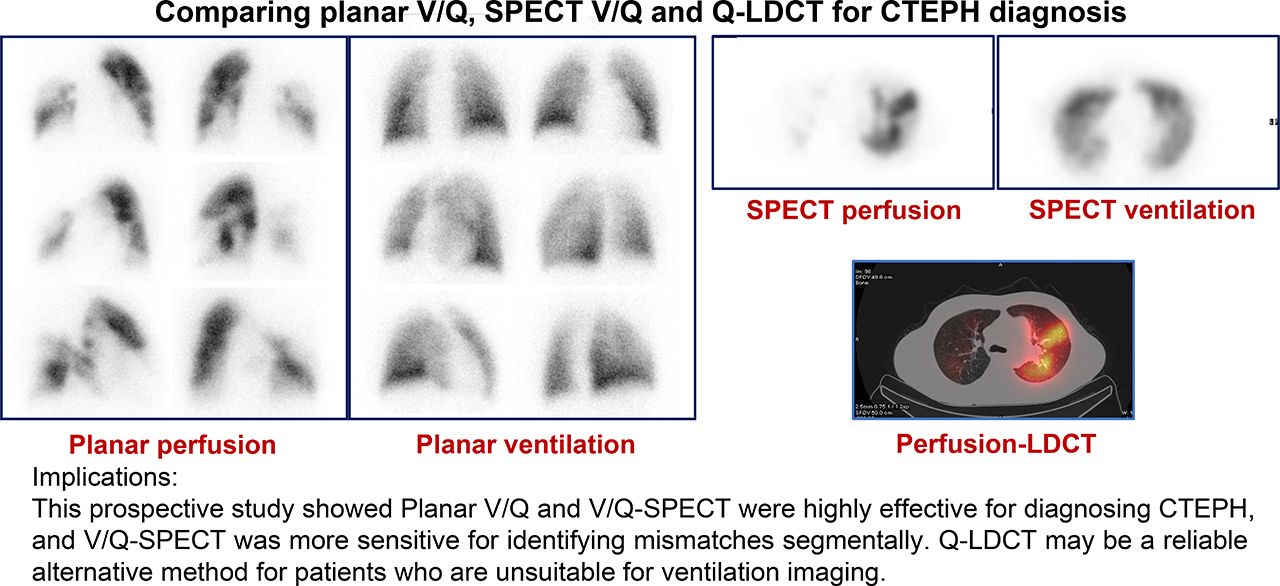

In conclusion, DECT of the thorax enables the simultaneous and noninvasive assessment of vascular anatomy, parenchymal morphology and functional pulmonary imaging in various groups of PH. Furthermore, new applications are emerging with ventilation imaging or myocardial perfusion imaging obtained by DECT and should be considered. Pulmonary arterial hypertension due to congenital heart disease can be assessed with a single DECT, even in the neonatal population. Vascular or parenchymal abnormalities can also be analysed with perfusion defects to determine their aetiology.

Perfusion heterogeneities seen in patients with pulmonary arterial hypertension reflect mosaic perfusion and may be helpful for the diagnosis, severity assessment and prognosis of the disease. Triangular pulmonary perfusion defects in chronic thromboembolic pulmonary hypertension may be clearly analysed even in the presence of distal arterial occlusion. With a single DECT acquisition, complete imaging of pulmonary hypertension is now available, displaying vascular anatomy, parenchymal morphology and functional assessment. The parenchymal iodine maps generated by DECT are well correlated with scintigraphy, and are becoming an essential tool for evaluating patients with pulmonary vascular diseases.

The review committee will now consider their findings, and publish a detailed report covering questions still to be addressed and recommendations for the project’s next steps.įind below further news on the contributions of the " CERN against COVID-19" taskforce to the societal fight against the COVID-19 pandemic.Please find the affiliations for this article in the PDF.ĭual-energy computed tomography (DECT) angiography of the chest provides a combined morphological and functional analysis of the lung, usually obtained in a single acquisition without extra radiation or injection of extra intravenous iodine contrast.
#DIAGNOSTIC VENTILATION CENON SOFTWARE#
Subsequent presentations went into every detail from the mechanical, electrical and software designs to the results of tests on the prototypes and a roadmap to deployment.Īfter four hours of presentations and in-depth discussions, the reviewers judged the design to be sound, and were impressed by the technical level achieved and in such a short time. The review began with a presentation of the overall concept and design principles, highlighting adherence to international standards and guidelines issued by the UK Government (the HEV team includes the University of Liverpool group on LHCb), the US Food and Drug Administration, the World Health Organization and the International Organization for Standardization. The scope of the review was to examine all aspects of the HEV with a view to having the device certified and deployed in a medical environment in both high and low income countries that have a need for a high-quality, simple and affordable ventilator for hospital use. Among them was a panel of experts in the fields of cardio-respiratory care, electrical engineering in medicine, physics and knowledge transfer. Over 50 people came together on Zoom on 23 April to hear from the team developing the High Energy Ventilator, HEV, at CERN.


 0 kommentar(er)
0 kommentar(er)
